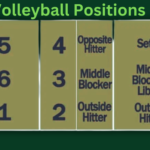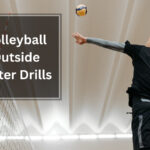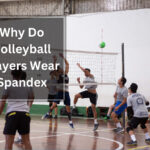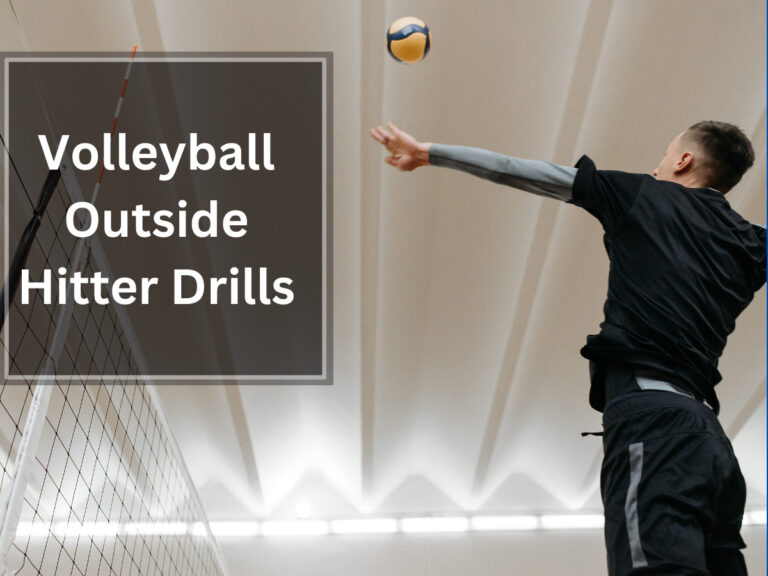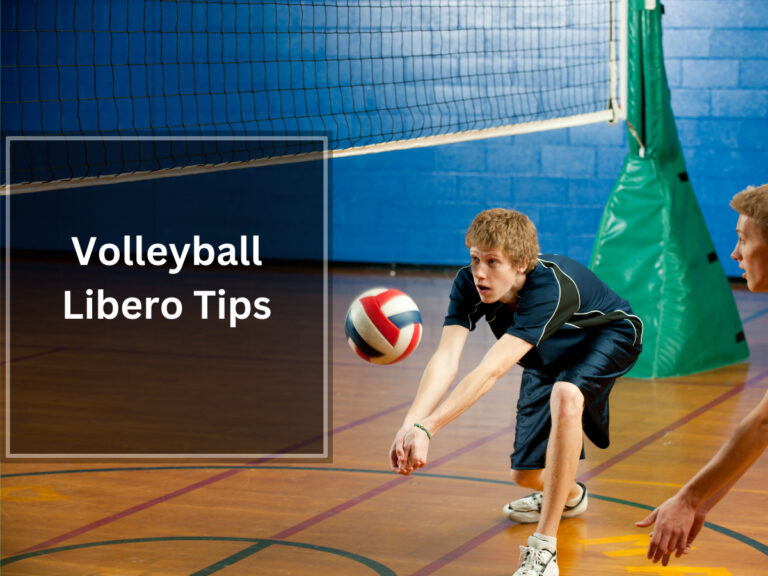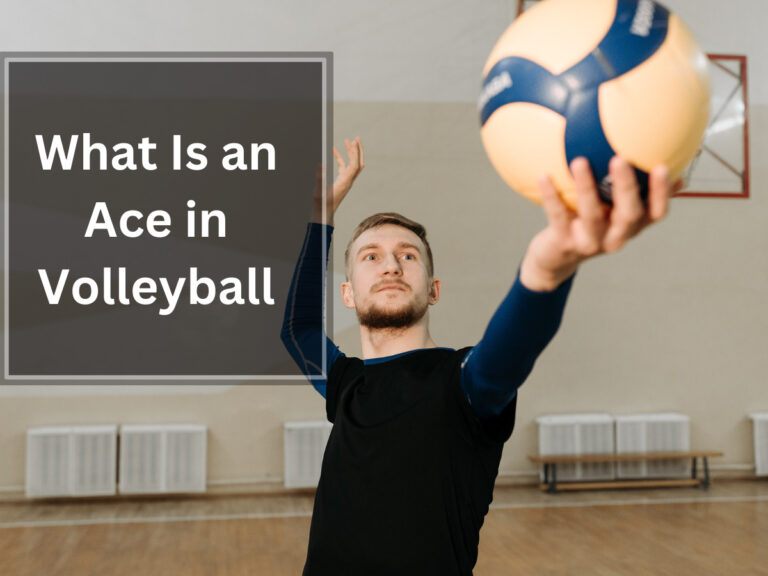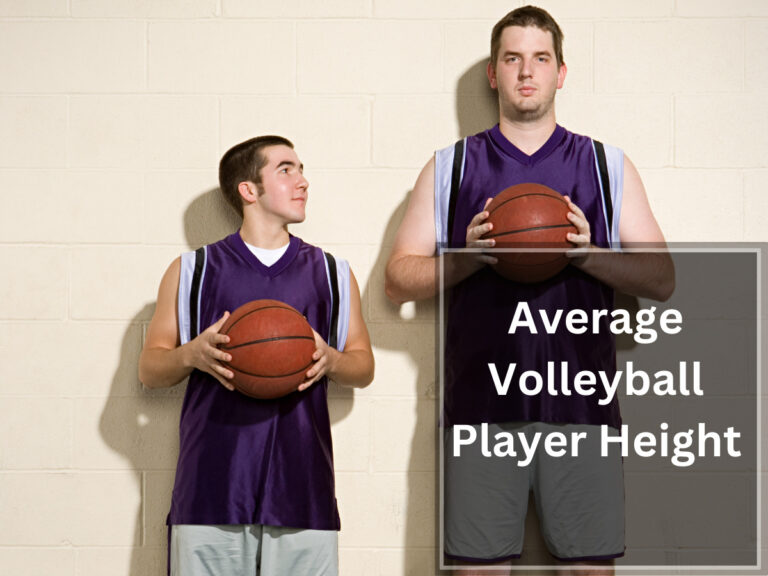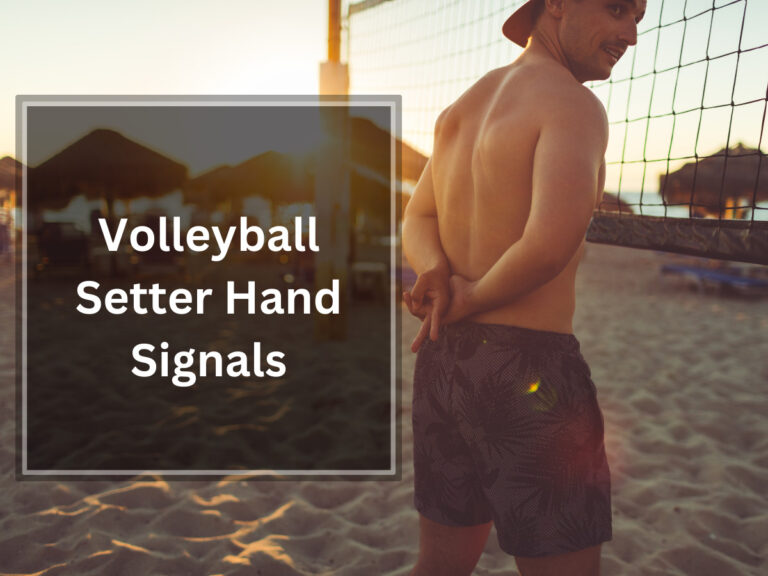Are Volleyball Shoes Good For Running? All You Need to Know
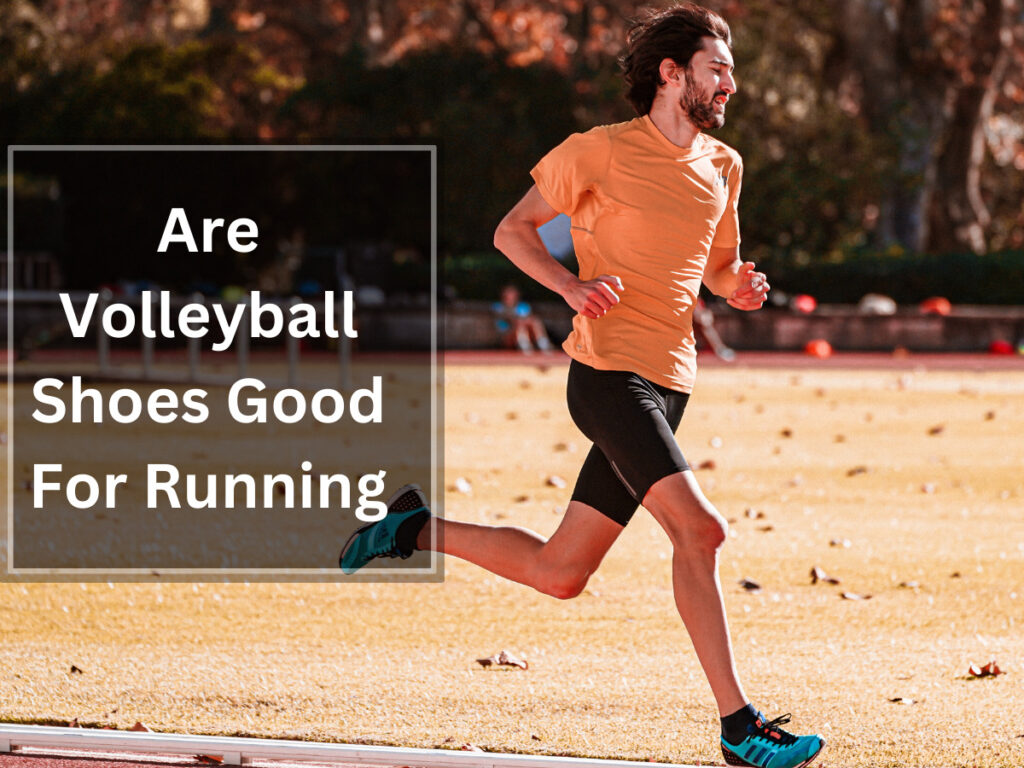
Wow, have you ever seen someone try to run in volleyball shoes? It’s like watching a penguin try to fly! Trust me, I’ve been there.
As an avid runner, I know how important it is to have the right gear for each activity. So, if you’re wondering whether volleyball shoes are good for running, let me save you some time and say no.
Volleyball shoes are specifically designed for high impact movements on indoor courts, not pounding the pavement. They may look similar to running shoes with their sleek design and lightweight feel, but they just don’t cut it when it comes to running outside.
From breathability to traction and durability, there are several key differences between these two types of shoes that make a big difference in your performance and comfort while running.
Stick around as we dive into the details and help you make an informed decision about which shoes are best for your running activities.
Table of Contents
Understanding the Differences Between Volleyball and Running Shoes
Let’s break it down and understand the major differences between volleyball shoes and running shoes. When comparing these two types of footwear, there are several key factors to consider.
Firstly, let’s talk about the pros and cons. Volleyball shoes are specifically designed for indoor court use, with features like a gum rubber sole for better traction on the floor. They also provide cushioning to protect your knees during jumps. On the other hand, running shoes are built for outdoor running and have a more durable construction.
In terms of performance comparison, volleyball shoes excel in quick lateral movements and agility required in the game. Running shoes, on the other hand, offer better support and cushioning for long-distance running.
If you’re looking for suitable alternatives to using volleyball shoes for running, I would recommend investing in a pair of proper running shoes. They are designed specifically for this activity and will provide you with the necessary comfort and support needed to enhance your performance while minimizing any potential risks or discomfort.
Examining the Design Features of Volleyball Shoes
Volleyball shoes have specific design features that make them ideal for the sport. They have gum rubber outsoles and rounded edges, which allow for agile movement and smooth pivoting on the court. However, when it comes to running, these shoes may not be the best choice.
Unlike running shoes, volleyball shoes often lack mesh uppers that provide breathability and keep feet dry during runs. Instead, they typically have thicker plastic materials for lateral support, which can result in poor ventilation. Additionally, volleyball shoes tend to be heavier than running shoes due to their cushioning systems and padding.
This added weight can potentially impact foot health and lead to discomfort or injury while running. Therefore, while volleyball shoes are excellent for the court, it’s important to consider their limitations when using them for running activities.
Assessing the Impact Absorption and Cushioning of Volleyball Shoes
Feel the comfort and protection as your feet effortlessly absorb the impact and cushioning in each stride. Volleyball shoes are designed with excellent impact absorption and cushioning performance, making them ideal for protecting your feet during high-intensity movements on the court. Here are four key features that contribute to their exceptional performance:
Gel or air cushions: Volleyball shoes often incorporate gel or air cushions in the midsole to provide enhanced shock absorption, reducing the risk of injuries such as shin splints and stress fractures.
Foam padding: The presence of foam padding throughout the shoe offers additional cushioning, providing a comfortable landing with each step.
Heel support: Volleyball shoes typically have a gently rounded heel design, which helps to distribute impact forces evenly and minimize strain on your joints.
Arch support: These shoes are also equipped with adequate arch support to enhance stability and prevent excessive pronation, reducing the likelihood of overuse injuries.
- With their advanced features for impact absorption and cushioning performance, volleyball shoes can help prevent injuries and ensure a comfortable running experience.
Analyzing the Traction and Stability of Volleyball Shoes
Analyzing the traction and stability of volleyball shoes reveals their ability to keep you grounded and confident during dynamic movements on the court.
When it comes to grip and traction, volleyball shoes excel on indoor courts. The gum rubber outsoles provide excellent traction, allowing for quick lateral movements and sudden stops without slipping.
However, when comparing the performance of volleyball shoes on different surfaces, they may not perform as well on outdoor terrains like asphalt or uneven trails.
Additionally, while volleyball shoes are designed for agility and quick movements, they may lack the cushioning and support needed for long-distance running.
When considering comfort and fit for running in volleyball shoes, it is important to note that they are not specifically designed for this activity. They may not provide the same level of breathability or flexibility as running shoes.
Therefore, if you’re looking for optimal performance and comfort during running activities, it is recommended to choose dedicated running shoes instead.
Evaluating the Flexibility and Support of Volleyball Shoes
When evaluating the flexibility and support of volleyball shoes, it is important to note that they provide less forefoot flexion compared to running shoes. This can impact your running performance. Running shoes typically have deeper flex grooves in the forefoot area, allowing for more natural movement. This means that when you run in volleyball shoes, you may feel a lack of flexibility in your stride.
In addition to limited flexibility, volleyball shoes are also generally heavier than running shoes. This can affect your overall speed and agility. The outsole design of volleyball shoes is specifically made for traction on indoor courts, so running on different surfaces may not provide the same level of grip.
Lastly, breathability is another factor to consider. Running shoes are usually designed with mesh uppers for better ventilation, whereas volleyball shoes often have thicker plastic for lateral support. This can lead to less breathability and potentially cause discomfort during extended periods of wear.
In summary, when evaluating the flexibility and support of volleyball shoes, it is important to consider their limited forefoot flexion, heavier weight, specialized outsole design, and potentially less breathability compared to running shoes.
Considering the Durability and Longevity of Volleyball Shoes for Running
When considering the durability and longevity of volleyball shoes for running, it’s important to think about how long your investment will last and if the shoes are sufficient for your running needs. Durability can be a concern when using volleyball shoes for running. They are not designed for outdoor use, so running on rough surfaces like asphalt or trails can quickly wear them out. The rubber on the outsole may fray and lose its grip, affecting performance and potentially causing accidents.
In addition, the cushioning in volleyball shoes is specifically tailored for jumping and lateral movements on a court. This may not provide optimal support and comfort during running. If you’re looking for a shoe that can withstand outdoor use and provide better performance while running, it’s worth considering alternative options. Dedicated running shoes are designed with specific features to enhance your running experience.
Exploring Potential Injury Risks Associated with Using Volleyball Shoes for Running
When it comes to running, proper footwear is essential for preventing injuries and ensuring a safe and comfortable experience. Volleyball shoes, however, may not have the necessary features for optimal impact absorption, traction, and stability that running shoes provide. This lack of cushioning and support can increase the risk of foot, ankle, knee, and even back injuries during high-impact activities like running.
Furthermore, the gum rubber outsoles designed for indoor courts may not offer adequate grip on various outdoor surfaces, which can lead to slips or falls. To minimize these potential injury risks, it is important to prioritize your safety by choosing appropriate footwear specifically designed for running.
Making an Informed Decision: Choosing the Right Shoes for Your Running Activities
Making an informed decision about the right footwear for your running activities is like selecting the perfect instrument to compose a symphony of comfort and performance.
When it comes to evaluating the performance benefits of volleyball shoes for running, there are several factors to consider.
Firstly, using volleyball shoes can have an impact on your running form and technique. The rounded edges and flat base at the toes may affect your stride and stability.
Secondly, running in volleyball shoes may have potential long-term effects on foot health. The lack of proper cushioning and support designed specifically for running could lead to discomfort, pain, or even injury over time.
It’s important to prioritize your foot health by choosing shoes that are specifically designed for running activities.
Frequently Asked Questions
Can I use volleyball shoes for other sports or activities besides running?
Yes, volleyball shoes can be used for other sports or activities besides running. Some suitable alternatives include indoor activities like badminton, where the grip and agility of volleyball shoes are beneficial. They can also be used in the gym for general fitness activities.
How long do volleyball shoes typically last with regular use?
Volleyball shoe durability varies depending on usage, but with regular use, they typically last for a season. The gum rubber outsoles tend to wear down over time. It’s important to take good care of them to extend their lifespan.
Are volleyball shoes suitable for running on a treadmill?
Yes, volleyball shoes can be used on a treadmill. However, it is recommended to use worn-out shoes with lost grip and to stick to the gym since they may not be suitable for outside running. If you’re looking for better treadmill performance, it’s advisable to consider running shoe alternatives that are specifically designed for running and offer better durability and support.
Can I use running shoes for playing volleyball?
Yes, running shoes can be used for playing volleyball. They offer benefits such as better cushioning and support for quick movements on the court. When selecting running shoes for volleyball, look for features like good traction and stability.
What are the potential risks or injuries associated with using volleyball shoes for running?
Using volleyball shoes for running can lead to potential risks and injuries. These shoes are not designed for the impact and movement involved in running, which can result in discomfort, decreased performance, and increased likelihood of foot, ankle, or knee injuries.


